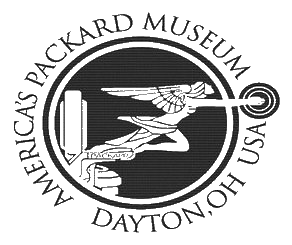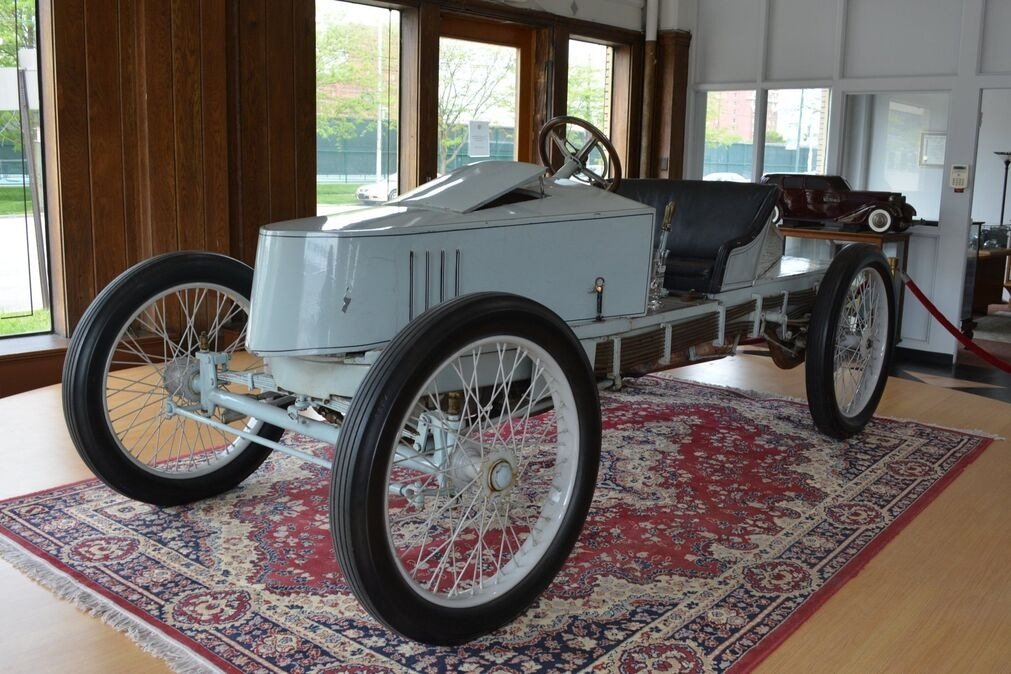1903 Model K Gray Wolf Racer
275.4 cu. in. inline four. 24 BHP @ 1000 rpm. 2-speed sliding-gear transmission. Rear drum brakes. 92” wheelbase. Curb weight 1,310 lbs. $10,000 to produce when new
Donated by Jim Kauffman
James Ward Packard was a champion of large displacement, single cylinder engines, and it wasn’t until the arrival of Charles Schmidt to Packard that the possibility of multi-cylinder engines was considered. Schmidt took over engineering and design at Packard in 1903, and the Model K followed shortly after. The larger and more powerful Model K was a leap forward for Packard.
One Model K engine was pulled from the line for special duty - to power Packard’s new racing car. Known as the Gray Wolf, this special, lightweight, and streamlined car was raced on Ormond Beach at the speed trials in 1904, setting the record in it’s class at 77.59 miles per hour. It went on to place fourth at the inaugural Vanderbilt Cup race.
In 1903… Cuba leases Guantanamo Bay to the United States. The Wright Brothers took the first flight in their Wright Flyer. Hay-Bunau-Varilla Treaty is signed giving the U.S. exclusive rights over the Panama Canal Zone.
Racing Promotes Sales: the 1903 Model K Gray Wolf Racer
In the 1904 Vanderbilt Cup Race, Charles Schmidt, the Gray Wolf’s designer, drove the car (number 16), along with mechanic William McIllrid. The Gray Wolf is shown at the starting line. William K. Vanderbilt, Jr. can be seen at the far right in the fur coat. Later, a cameraman shot the Gray Wolf taking the Massapequa Turn during the race at 1:01 mark of the film documenting the race. CREDIT: Vanderbilt Cup Races.



